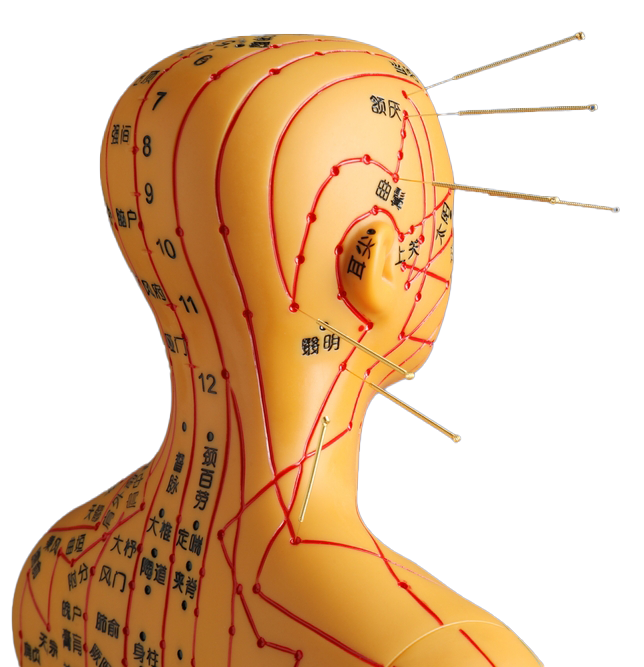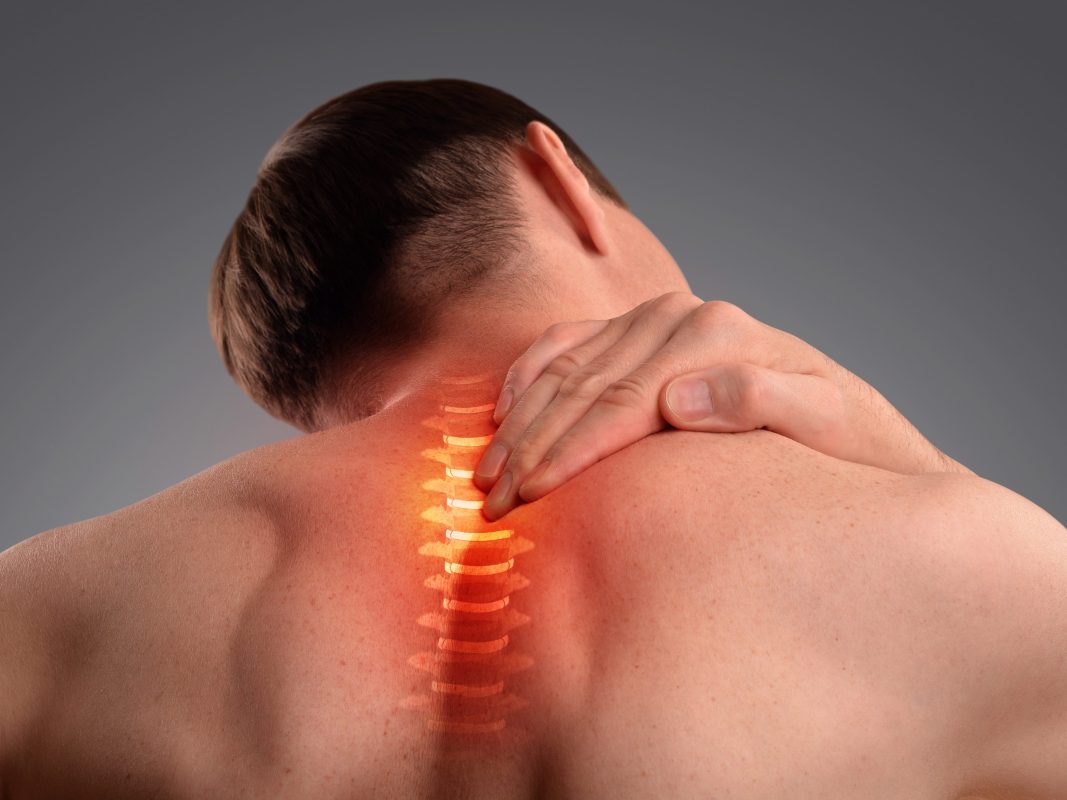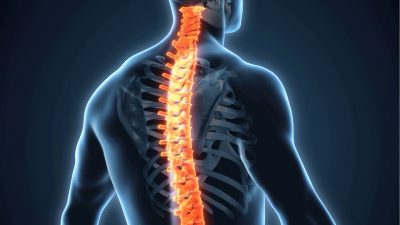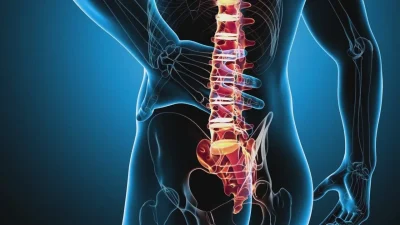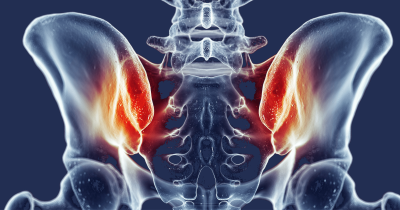- Facet joint Radiofrequency Thermocoagulation (RFT) Treatment
- Radiofrequency Thermocoagulation Dorsal root ganglion (DRG) radiofrequency thermocoagulation (RFT)
- Discitis Procedure
- Sacroiliac Joint Radiofrequency Treatment (Simplicity)
- In-Disc Ozone Therapy
- Nucleoplasty
- Transforaminal Injection (Pinpoint)
- Facet joint block
- Epidural Injection
Facet joint Radiofrequency Thermocoagulation (RFT) Treatment
- Home
- Low Back Pain Treatments
- Facet joint Radiofrequency Thermocoagulation (RFT) Treatment
Contents
Toggle- Creating an individualised treatment plan
- The role of different specialities (physiotherapist, orthopaedist, psychologist, neurosurgeon)
- Pain treatment during pregnancy
- Treatment of chronic pain in the elderly
- Pain management in children
- Stress management
- Healthy eating
- Ergonomic living arrangements
- Exercise and mobility
- Facet joint Radiofrequency Thermocoagulation (RFT) Treatment
- Radiofrequency Thermocoagulation Dorsal root ganglion (DRG) radiofrequency thermocoagulation (RFT)
- Discitis Procedure
- Sacroiliac Joint Radiofrequency Treatment (Simplicity)
- In-Disc Ozone Therapy
- Nucleoplasty
- Transforaminal Injection (Pinpoint)
- Facet joint block
- Epidural Injection
- Cancer pain
- Permanent Epidural / Spinal Port Application
- Vascular Port (Permanent Vascular Access)
- Trigeminal Nerve RFT
- Blockade of Ganglion Stellatum
- Lumbar Sympathetic Ablation
- Facet joint Radiofrequency Thermocoagulation (RFT) Treatment
- Radiofrequency Thermocoagulation Dorsal root ganglion (DRG) radiofrequency thermocoagulation (RFT)
- Hernia Burning (IDET)
- Discitis Procedure
- Sacroiliac Joint Radiofrequency Treatment (Simplicity)
- Permanent Epidural / Spinal Port - Pump System
- In-Disc Ozone Therapy
- Nucleoplasty
- Peripheral Nerve Block
- Transforaminal Injection (Pinpoint)
- Facet joint block
- Epidural Injection
- Intra-articular Fluid Treatment
- Dorsal root ganglion (DRG) radiofrequency thermocoagulation (RFT)
- Spinal cord stimulation (pain pacemaker)
- Ergonomic living arrangements
- Spinal cord stimulation (pain pacemaker)
- Nucleoplasty
- Radiofrequency ablation
- Herbal solutions
- Dry needle treatment
- Anti-ageing treatments
- Ozone therapy
- Cupping therapy - Cupping
- Mesotherapy
- Prolotherapy
- Acupuncture
- Stem Cell Therapy
- Nerve blockages
- Corticosteroid injections
- Massage and relaxation techniques
- Manual therapy
- Electrotherapy
- Neuropathic pain medications
- Anti-inflammatory drugs
- Muscle relaxants
- Painkillers (paracetamol, ibuprofen, etc.)
Facet Joint Radiofrequency Thermocoagulation (RFT) Treatmentis a minimally invasive procedure used to relieve or completely eliminate chronic pain from facet joints in the spine. In this method, the pain transmission ability of the nerves is blocked using radiofrequency energy. Facet joint RFT is an effective treatment option, especially in patients who do not benefit from methods such as drug therapy, physical therapy or injection.
Facet Joint and Pain
- Facet Joints They are small joints at the back of the spine that connect the vertebrae to each other. These joints provide mobility and stability and can cause chronic back, neck or lower back pain when damaged.
- Facet Joint Pain: Arthritis can be caused by trauma, poor posture or spinal wear. The pain usually increases with movement and is felt in the lower back, neck or back.
What is Radiofrequency Thermocoagulation (RFT)?
RFT is an analogue of the medial branch nerves is the process of stopping the pain transmission ability of nerves called nerves by heating them with radiofrequency energy. This method targets the sensory function of the nerves and eliminates pain without interfering with spinal movement.
In which cases is it used?
- Chronic Facet Joint Pain:
- Pain originating from facet joints in the lumbar (lumbar), cervical (cervical) or thoracic (thoracic) region.
- Facet Arthropathy:
- Chronic inflammation and pain in the facet joints due to arthritis.
- Spondylolisthesis (Spondylolisthesis):
- Pain in the facet joints due to displacement of the vertebrae.
- Other Spinal Problems:
- Pain caused by trauma, degeneration or overload.
How is the RFT Procedure Performed?
1. Preparation:
- The patient undergoes a detailed evaluation before the procedure. The source of the pain is confirmed by imaging methods such as MRI or CT.
- The procedure is usually performed under local anaesthesia and light sedation can be applied if necessary.
2. Patient Position:
- The patient is placed prone and the spine area is sterilised.
3. Targeting with Imaging Assistance:
- Fluoroscopy (X-ray guidance) or ultrasound is used to target the medial branch nerves.
4. Needle Placement:
- A thin needle is inserted near the target nerve.
- Low-level electrical stimulation can be applied to check whether the nerve is correctly targeted (the patient perceives a slight tremor or sensation).
5. Radiofrequency Energy Application:
- The nerve is heated (usually up to 80°C) by applying radiofrequency energy through the needle tip.
- This stops the pain transmission of the nerve and may take 1-2 minutes.
6. Completion:
- The procedure is usually completed within 30-60 minutes. After the needle is removed, the area is sterilised.
Advantages
- Long Term Pain Control: When applied correctly, the effect of RFT can last between 6 months and 2 years.
- Minimally Invasive It is applied without the need for surgical intervention.
- Targeted Treatment: The nerves that are the source of the pain are directly affected.
- Fast Recovery: Patients can usually return home the same day and resume normal activities within a few days.
- Protects Physical Mobility: Only the sensory part of the nerves is affected, so the mobility of the spine is preserved.
Who is it suitable for?
- Patients who do not benefit from physiotherapy, medication or injections.
- Individuals whose daily life is affected by chronic facet joint pain.
- Patients who do not want surgical intervention or who are not suitable for surgery.
Risks and Side Effects
RFT is usually a safe procedure, but rarely the following side effects may occur:
- Temporary Pain: Pain or discomfort may be felt at the entry point for a few days after the procedure.
- Infection: Infection may occur at the needle entry site.
- Haemorrhage The risk of small-scale bleeding may increase in patients using blood thinners.
- Nerve Damage In rare cases, nearby nerve tissues may be affected.
- Numbness or Tingling: Temporary loss of sensation may occur in the treated area.
Post Procedure Care
- Rest Heavy physical activities should be avoided on the first day.
- Pain Management: For mild pain, painkillers recommended by the doctor can be used.
- Back to Normal Life: Most patients can return to their daily activities within a few days.
- Physiotherapy After the procedure, physiotherapy may be recommended to strengthen the spinal muscles.
Success Rate
- Faset eklem RFT, doğru hasta seçimi yapıldığında %70-90 oranında başarılı sonuçlar verebilir.
- The duration of effect varies from individual to individual, but is usually long-term (between 6 months and 2 years).
- In case of regrowth of the nerves, the procedure can be repeated if necessary.
Conclusion
Facet Joint Radiofrequency Thermocoagulation (RFT)is a safe and minimally invasive option for effective and long-term relief of chronic facet joint pain. It is a treatment method that improves the quality of life of patients thanks to pain control without the need for surgery and rapid healing process. However, the appropriateness of this treatment method should be determined by a detailed evaluation by a specialist.
Our treatments
- Home
- Low Back Pain Treatments
- Facet joint Radiofrequency Thermocoagulation (RFT) Treatment
